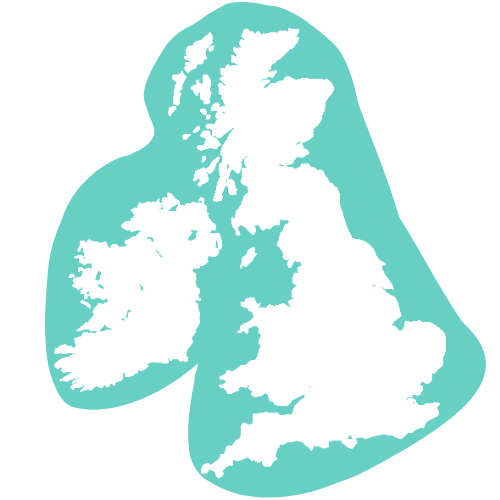
Cockles
Often associated with nostalgic trips to the seaside where cockles are sold in small pots by local vendors. The common cockle lives on muddy and sandy shores, between the high tide and low tide mark, and is commonly found in estuaries.
The main fisheries in the UK include the Thames Estuary, Morecombe Bay and Burry Inlet. Cockles have medium-sized clam-like shells, which are rounded and domed with radiating ridges. The meat is soft and bold, similar to clams, and can be cooked in the same way.
Adapted from Love Seafood
Stock Status
Buying local and sustainable food goes hand and hand with cockles. The MCS recommends purchase from local, UK inshore fisheries that have good stock management measures in place. Hand-gathered cockles from places like the Dee Estuary have MSC certification. To protect the health of the stock, avoid buying cockles in spring and summer.
Nutritional Information
Cockles are a fantastic source of Vitamin B12, Iodine, Iron, Selenium, and Copper. They are also packed with lean protein and anti-inflammatory Omega 3 fatty acids.
Distribution






